Maintaining good oral hygiene is crucial for a healthy smile, and one key practice is using dental floss. Despite being a common recommendation, many people still wonder about the true benefits of dental floss and whether to use it before or after brushing.
In this blog, we’ll cover everything you need to know about dental floss, its benefits, and the best practices for keeping your teeth and gums healthy.
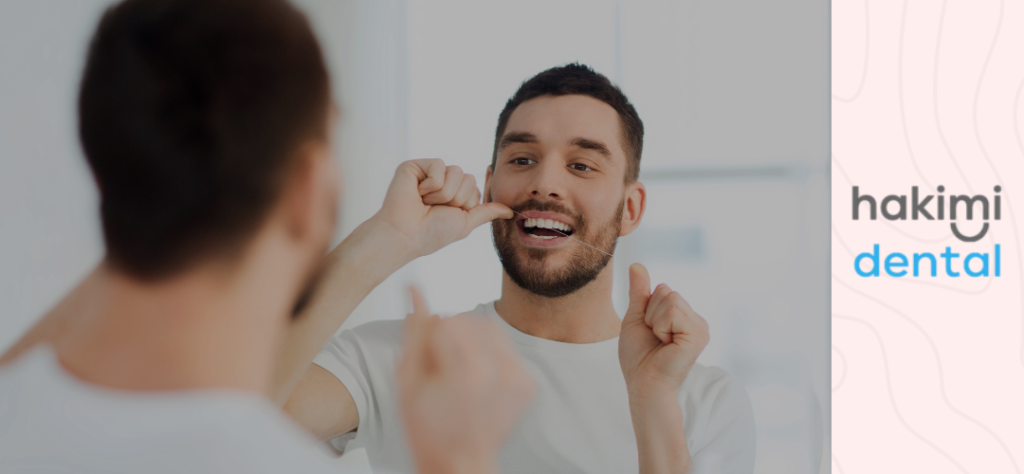
What is dental floss?
Dental floss is a thin, soft thread used to remove food particles and plaque from between your teeth. It’s an essential part of oral hygiene because it can reach areas that your toothbrush might miss, especially the tight spaces between your teeth and under the gumline.
Did you know? The history of dental floss
Dental floss has a fascinating history that dates back to prehistoric times when early humans used materials like horse hair or thin twigs to clean between their teeth. However, modern dental floss as we know it was invented in 1815 by Levi Spear Parmly, a New Orleans dentist. He recommended using a silk thread to remove food particles and plaque between teeth.
By the late 19th century, dental floss was being mass-produced, initially from silk. During World War II, silk became scarce, leading to the development of nylon floss, which was more durable and effective.
Today, dental floss comes in various forms and materials, reflecting advancements in dental care and a growing understanding of oral hygiene’s importance.
Benefits of dental floss
Flossing your teeth regularly has proven to have many benefits:
- No more plaque – Flossing helps remove plaque from areas where your toothbrush can’t reach. Plaque is a sticky film of bacteria that can lead to tooth decay and gum disease if not removed regularly.
- Reduced risk of gum disease – By removing plaque and food particles from between your teeth, flossing helps prevent gum disease. This includes gingivitis, the early stage of gum disease, and periodontitis, a more severe form that can lead to tooth loss.
- Reduced risk of cavities – Flossing helps remove food debris that can lead to cavities. By cleaning between your teeth, you reduce the risk of tooth decay.
- Fresh breath – Dental floss removes trapped food particles and plaque that can cause bad breath. Keeping your mouth clean and fresh is another excellent benefit of regular flossing.
- Helps with overall health – Good oral hygiene is linked to overall health. Poor oral health has been associated with various systemic conditions like heart disease and diabetes. Regular flossing can contribute to better overall health by preventing oral infections and inflammation.
Dental floss: before or after brushing?
A common question many people have is whether to floss before or after brushing. The usual advice is to floss before you brush. Here’s why:
Flossing before brushing: When you floss before brushing, you remove plaque and food particles stuck between your teeth. This allows the fluoride from your toothpaste to reach more surfaces of your teeth and gums, giving you better protection against decay.
Flossing after brushing: Some people like to floss after brushing because they feel it helps get rid of any leftover debris. However, studies show that flossing before brushing may actually be more effective for your oral hygiene.
In the end, the key is to make flossing a regular part of your routine, whether you do it before or after brushing.
How to floss properly
Flossing is only effective if done correctly. Follow these steps to ensure you are flossing properly:
1.Use enough floss
Start with about 18 inches of dental floss. This allows you to use a clean section of floss for each tooth.
2.Hold the floss correctly
Wrap the floss around your middle fingers, leaving about 1-2 inches of floss to work with.
3.Guide the floss
Hold the floss taut between your thumbs and index fingers. Gently slide it between your teeth using a back-and-forth motion.
4.Curve the floss
When the floss reaches your gumline, curve it into a C-shape against one tooth. Gently slide it into the space between your gum and tooth.
5.Clean both sides
Rub the floss against both sides of each tooth. Be careful not to snap the floss into your gums, which can cause irritation.
6.Repeat
Use a clean section of floss for each tooth, and repeat the process for all your teeth, including the back ones.
Types of dental floss - what is the best dental floss?
Choosing the best type of floss depends on your individual needs and preferences. Here’s a brief guide to help you decide:
Waxed floss
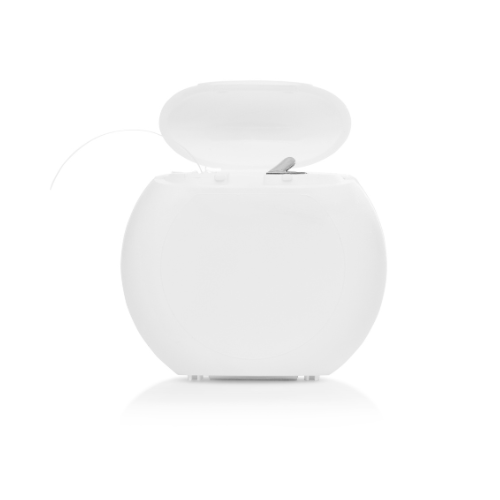
Best for: People with tightly spaced teeth or dental appliances like braces.
Pros: Coated for easy sliding between teeth, less likely to fray.
Unwaxed floss
Best for: People who prefer a thinner floss.
Pros: No coating, which some feel gives a better grip and thorough clean.
Dental tape
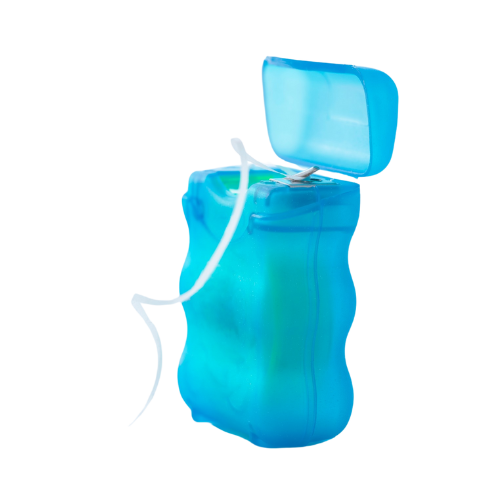
Best for: People with wider gaps between their teeth.
Pros: Broader and flatter than regular floss, making it easier to use in larger spaces.
Floss picks
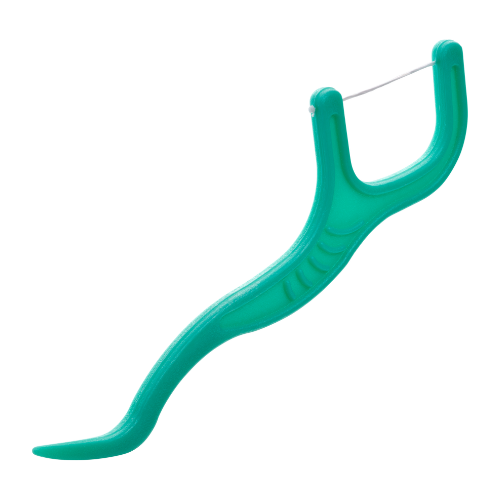
Best for: People who want convenience and portability.
Pros: Easy to use on-the-go, good for those who have difficulty using traditional floss.
Water flosser
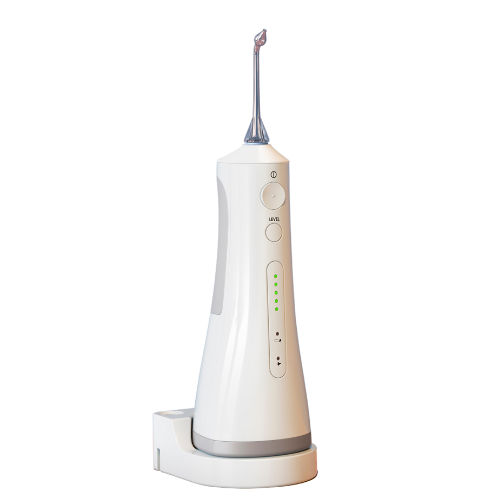
Best for: People who find traditional flossing challenging.
Pros: Uses water to clean between teeth, gentle on gums, and effective for those with braces or other dental appliances.
Ultimately, the best floss is the one you will use consistently. It’s important to find a type that feels comfortable and fits your lifestyle, ensuring you keep up with your daily oral hygiene routine.
Conclusion
Incorporating dental floss into your daily oral hygiene routine is essential for maintaining healthy teeth and gums. It helps prevent plaque buildup, cavities, gum disease, and bad breath. Remember to floss before brushing for optimal results, and use proper technique to ensure you are cleaning effectively. With regular flossing, you can enjoy a cleaner, healthier mouth and contribute to your overall well-being.
If you have any questions or concerns about flossing or your oral health, don’t hesitate to contact us! We can provide personalised advice and ensure you are using the best techniques for your needs.
Happy flossing!
FAQs
It’s recommended to floss at least once a day. Flossing before bedtime ensures you go to sleep with a clean mouth, reducing the risk of plaque buildup overnight.
If done correctly, flossing should not damage your gums. Be gentle and avoid snapping the floss into your gums to prevent irritation and bleeding.
Bleeding gums can be a sign of inflammation or gum disease. If your gums bleed when you first start flossing, it may be because they are not used to the activity. Regular flossing should help improve gum health, reducing bleeding over time. If bleeding persists, consult your dentist.
Yes, flossing is necessary even if you brush twice a day. Brushing alone cannot reach the tight spaces between your teeth and under the gumline where plaque and food particles can accumulate.
No, it’s not recommended to reuse floss. Used floss can fray, lose its effectiveness, and reintroduce bacteria into your mouth.
